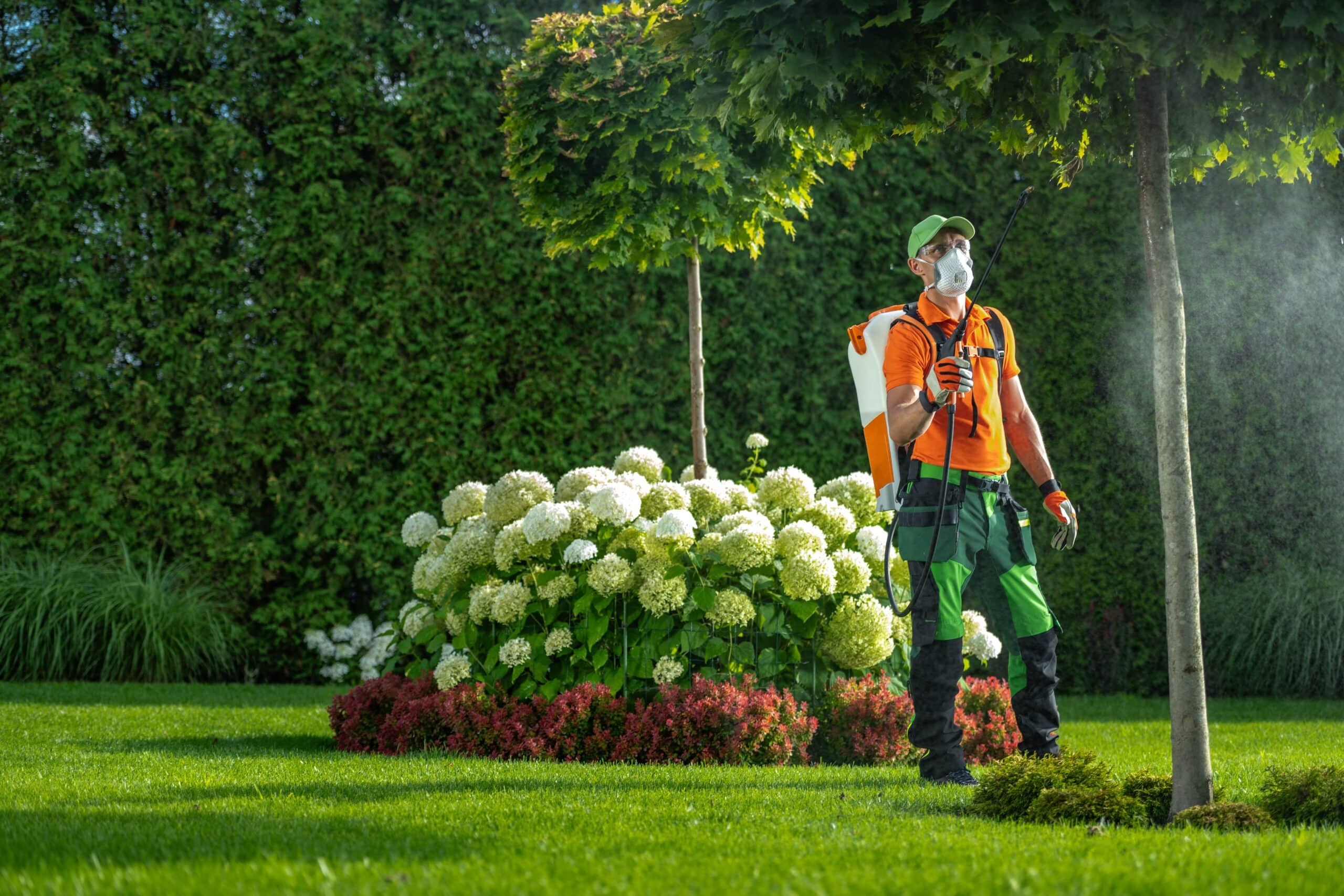
Protecting your landscape with professional plant health care
Trees are a beautiful and vital part of your landscape, providing shade, increasing property value, and contributing to the environment. However, like any other living organism, trees can experience health issues that require professional attention. Ignoring the signs of tree distress can lead to irreversible damage, posing safety hazards and reducing the aesthetic appeal of your property. Here are the top five signs your tree needs a health consultation and when to contact an arborist near you.
- Visible Decay or Damage
If you notice decaying wood, large cracks, or cavities in your tree, it’s a clear indicator that your tree’s structural integrity is compromised. Fungal growth, such as mushrooms at the base of the tree, often signals internal decay. These conditions can weaken your tree and increase the risk of it falling during storms. Contacting an arborist near you for a tree consultation can help assess the extent of the damage and determine the best course of action.
- Leaf Discoloration or Premature Leaf Drop
Changes in leaf color outside the normal seasonal transitions can indicate a plant health issue. Yellowing, browning, or curling leaves, along with premature leaf drop, often suggest nutrient deficiencies, pest infestations, or root problems. A plant health care professional can identify the underlying cause and recommend appropriate treatments to restore your tree’s vitality.
- Dead or Dying Branches
Dead or dying branches are not only unsightly but also hazardous. They can fall without warning, posing a risk to people, property, and nearby structures. Regular pruning is essential for maintaining a tree’s health, but if you notice an increasing number of dead branches, it may indicate a deeper issue. An arborist can evaluate your tree and suggest trimming or other interventions to prevent further decline.
- Unusual Growth Patterns
Abnormal growth patterns, such as leaning trees, sparse foliage, or excessive sprouting from the base (known as suckering), can signal stress or structural instability. These symptoms often point to underlying issues like root damage, soil compaction, or disease. Consulting with an arborist near you can help diagnose the problem and provide tailored plant health care solutions.
- Pest Infestations
Visible pests, holes in leaves, or chewed bark are all warning signs of insect infestations. Common tree pests include aphids, borers, and scale insects. If left untreated, these pests can weaken your tree, making it more susceptible to disease and environmental stress. Plant health care specialists can implement integrated pest management strategies to protect your tree and prevent further damage.
When to Call an Arborist Near You
If you notice any of these signs, it’s time to seek a professional tree consultation. Arborists specialize in diagnosing and treating tree health issues, ensuring your landscape remains healthy and vibrant. Early intervention can prevent costly removals and extend the life of your trees. Don’t wait until it’s too late—contact an arborist near you for expert plant health care and protect your green investments.
Originally posted 2024-11-15 00:14:00.
Originally posted 2024-11-15 00:14:00.




